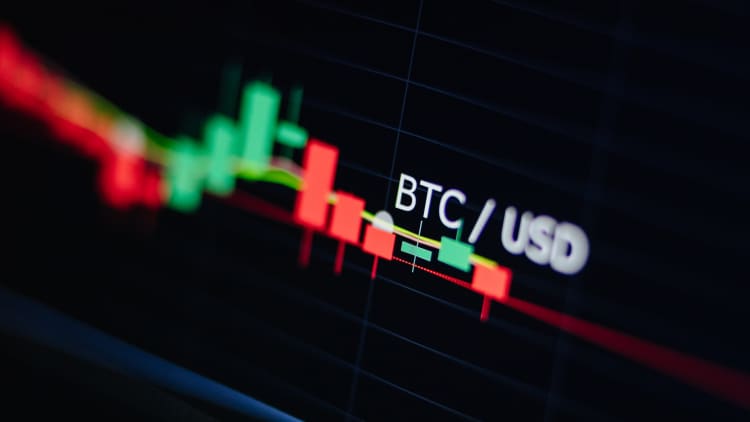Ledger Flex is a new, cheaper hardware crypto wallet from French startup Ledger. It sports an E-ink display and can be used to secure several crypto assets. The device is sold at $249.
Big book
Cryptocurrency storage company Ledger has raised the price of its iPod-like Stax hardware wallet by 40% – just three months after shipping it to customers – and is launching a cheaper version, in a major product revamp for the French startup.
The company said on Friday that the price of the Ledger Stax, which features an E Ink display and allows users to secure crypto, will now be $399. This is an increase from the $279 Ledger offered for the device when it was launched in December 2022.
Ledger finally released Stax, its long-anticipated hardware crypto wallet, and shipped units to those who preordered the product in May. The device was designed by Tony Fadell, the inventor of the iPod and an investor in Ledger.
In addition to raising the price for Stax, Ledger is also releasing a new crypto hardware wallet. The Ledger Flex has an E Ink screen, similar to the Ledger Stax.

Pascal Gauthier, chairman and CEO of Ledger, said that the company’s devices now secure more than 20% of the world’s crypto. “The new secure touchscreen category will make custody more accessible than ever for more consumers and companies,” he said.
The Ledger Flex, which costs $249, is smaller than the Ledger Stax and comes with a 2.8-inch screen. It is designed to look like a small smartphone or credit card reader, taking some influence from the iPod. The Ledger Flex will be available for purchase starting Friday and will ship immediately.
Stax and Flex Ledger devices can be used to deposit or exchange several tokens, incl bitcoin, ether, Cardano and solana, as well as nonfungible tokens, or NFTs. NFTs are digital assets designed to represent ownership of digital property, usually artwork. No one NFT is the same as another.
Two-factor authentication
Ledger customers primarily use the device to store so-called “private keys,” alphanumeric codes used to authorize transactions and prove ownership of crypto wallets. Users can also see nonfungible tokens, or NFTs, in their Ledger Flex and Stax wallets, thanks to the E Ink display.
But Ledger sees a wallet that caters to a wider variety of use cases.
A new software update published by the company will allow users to access two-factor authentication on Ledger Flex or Stax devices to log into various applications – from Google or Amazon account to login to Coinbase and Binance.
Users only need to wave the Ledger Flex over their phone when trying to sign in, and the near field communication (NFC) chip in the hardware wallet then approves the sign-in.
The Ledger Flex sports an E-ink display and can be used to secure multiple crypto assets. The device is priced at $249.
Big book
Ledger hopes this will help serve a wider audience than the pure crypto crowd, who are often skeptical of using centralized services owned by big tech companies like Google and Amazon.
Ledger also offers its own crypto trading service, called Ledger Live. Ledger Stax and Flex users can pair their devices with the Ledger Live app to check device authenticity, receive the latest operating system updates, and install apps.
Why is the launch of Ledger Stax so late?
Ledger Stax, the first company to enter a hardware wallet with a display, faced several delays due to a supplier bottleneck affecting the device’s screen.
Ledger’s Gauthier told CNBC in March that the main factor holding back the launch was the problem of getting the product’s curved E Ink display to wrap around the device. “We finally nailed it,” he said in a fireside interview at a crypto event in London.
Stax also has a few other design quirks. The product includes magnets, which means that different devices can be stacked on top of each other, like credit cards.
The company has been racing to get the supply chain in good shape in preparation for the launch of the new Flex device.
Ledger Flex and Stax are both made by Taiwanese electronics contract manufacturers Foxconn – mainly Apple suppliers – in production facilities in Vietnam.
WATCH: How Wall Street learned to love bitcoin





